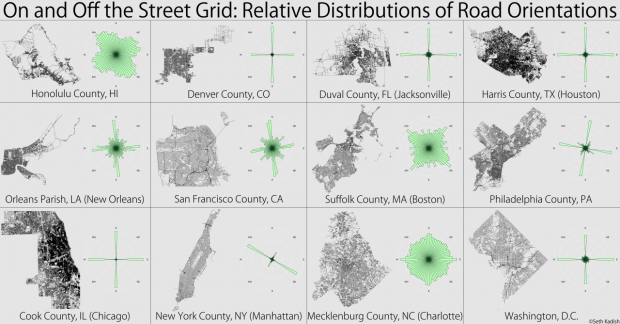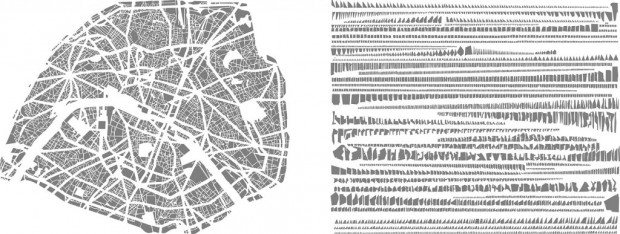The syllabus for Paul Soulellis’ graduate course at RISD Experimental Publishing Studio is on NewHive for anyone to view. The topic of the course is the “circulation of work in a post-digital space”, and its central question is: is posting (always) publishing? Experimental Publishing Studio is organized in 6 sections: Substrate (nothingness), Versions, Dispersion, Transduction, Balconism, Manifesto. Included in the syllabus are links to readings, lectures and other content. The syllabus was met with both criticism and praise. One Twitter user said: “to publish course content on a commercial, unstable platform is not necessarily a choice for prosperity.” I think this is an excellent resource for anyone interested in experimental publishing. The Dispersion section is a good overview of contemporary net art.
Irony and Utopia: History of Computer Art was a course offered by Beau Sievers (currently a cognitive neuroscience PhD student at Dartmouth) in 2010 at the free New York based art school BHQFU. Like with Paul Soulellis’ course, the syllabus for this course is freely available on Beau Sievers’ personal website, with links to readings, videos and artworks. The course is a comprehensive overview of computer art history, and is organized by topics like Computer Music, Virtual Reality, amateur and sub-amateur, weak gestures, defaults and crowds. The Virtual Reality section is of particular interest to me. I might refer to this syllabus for my final project research.
This is unrelated but I just found some good Vine accounts:
Ryan Trecartin: https://vine.co/u/912316181317304320
K8 Hardy: https://vine.co/u/1164283982054060032






